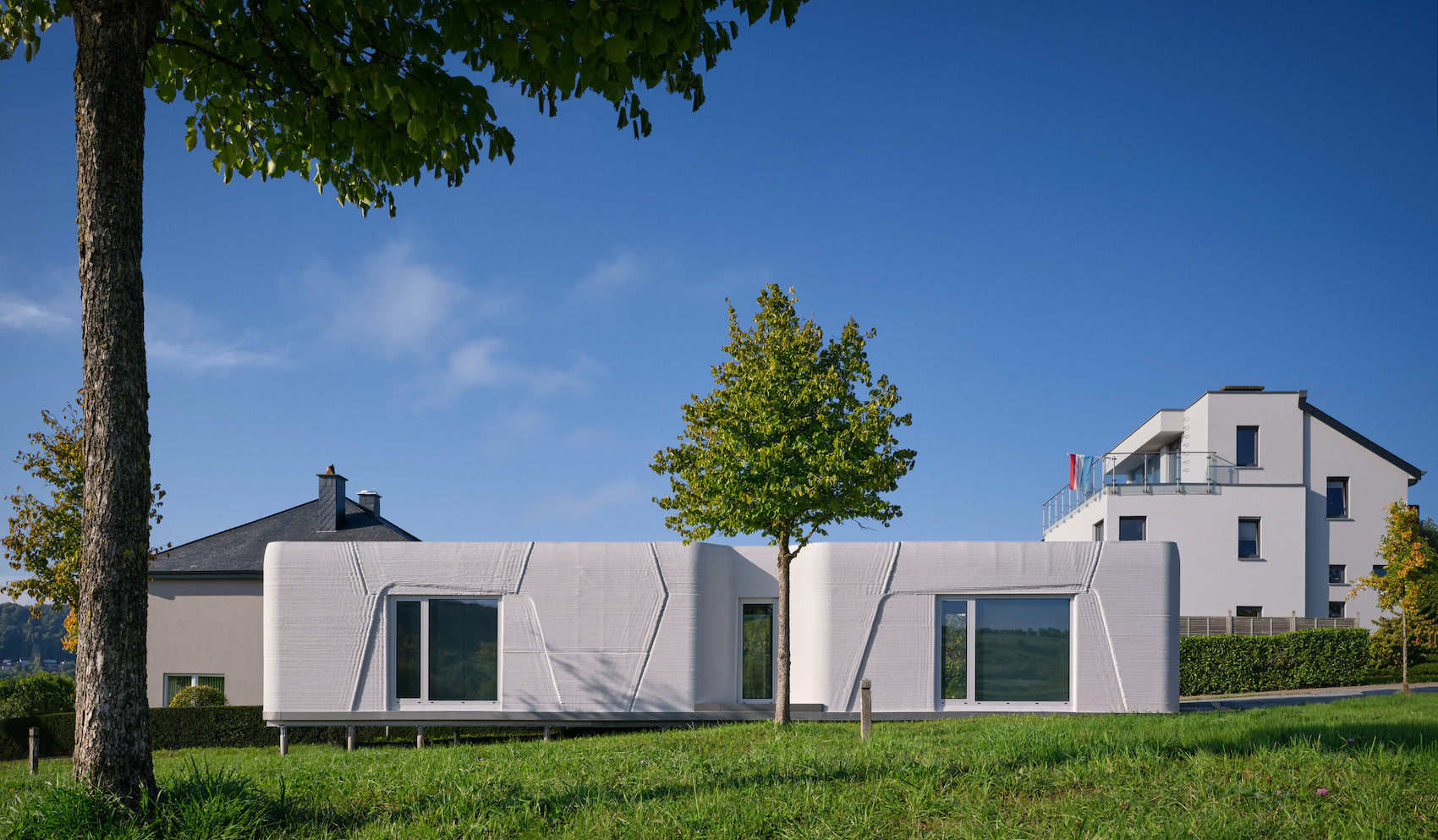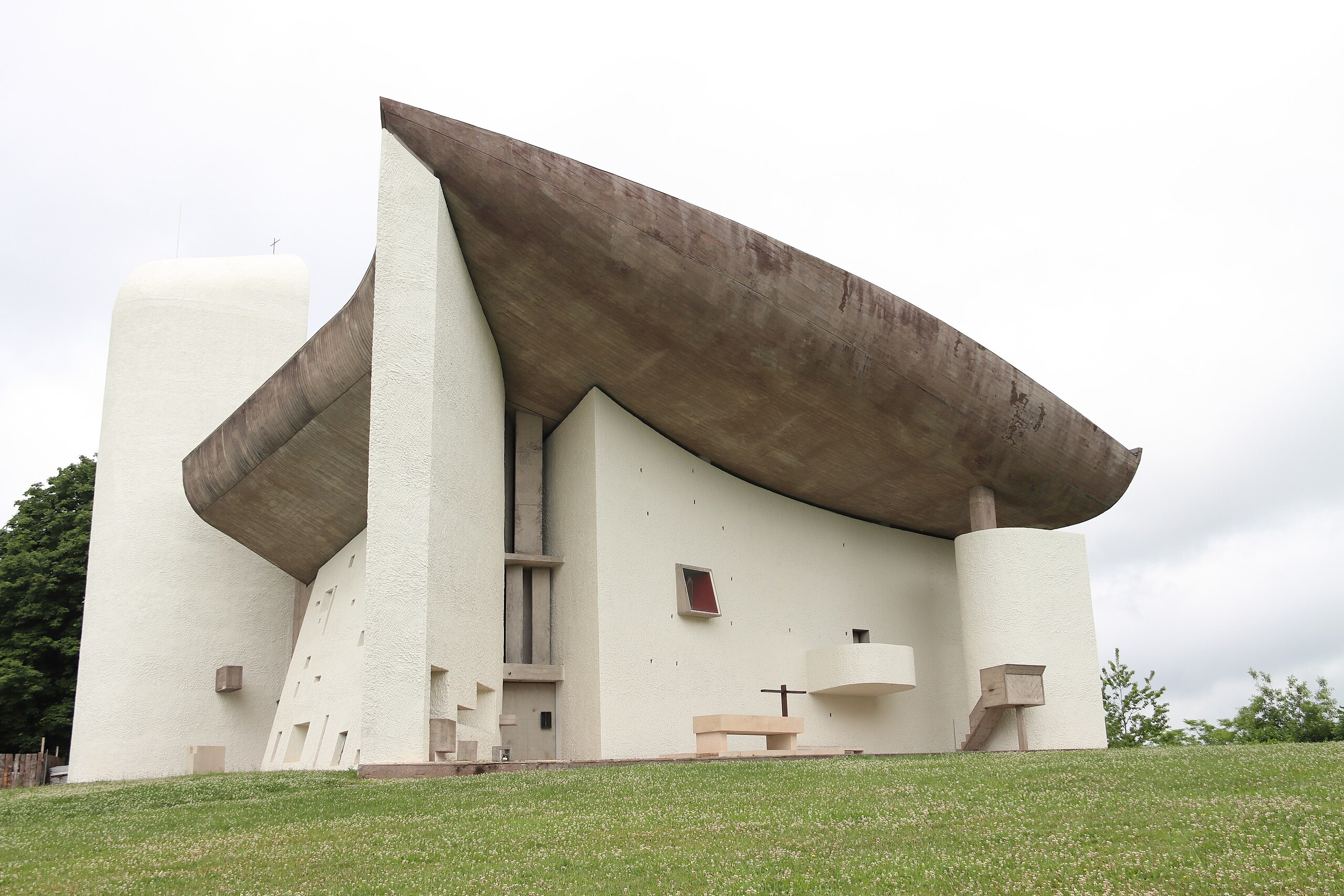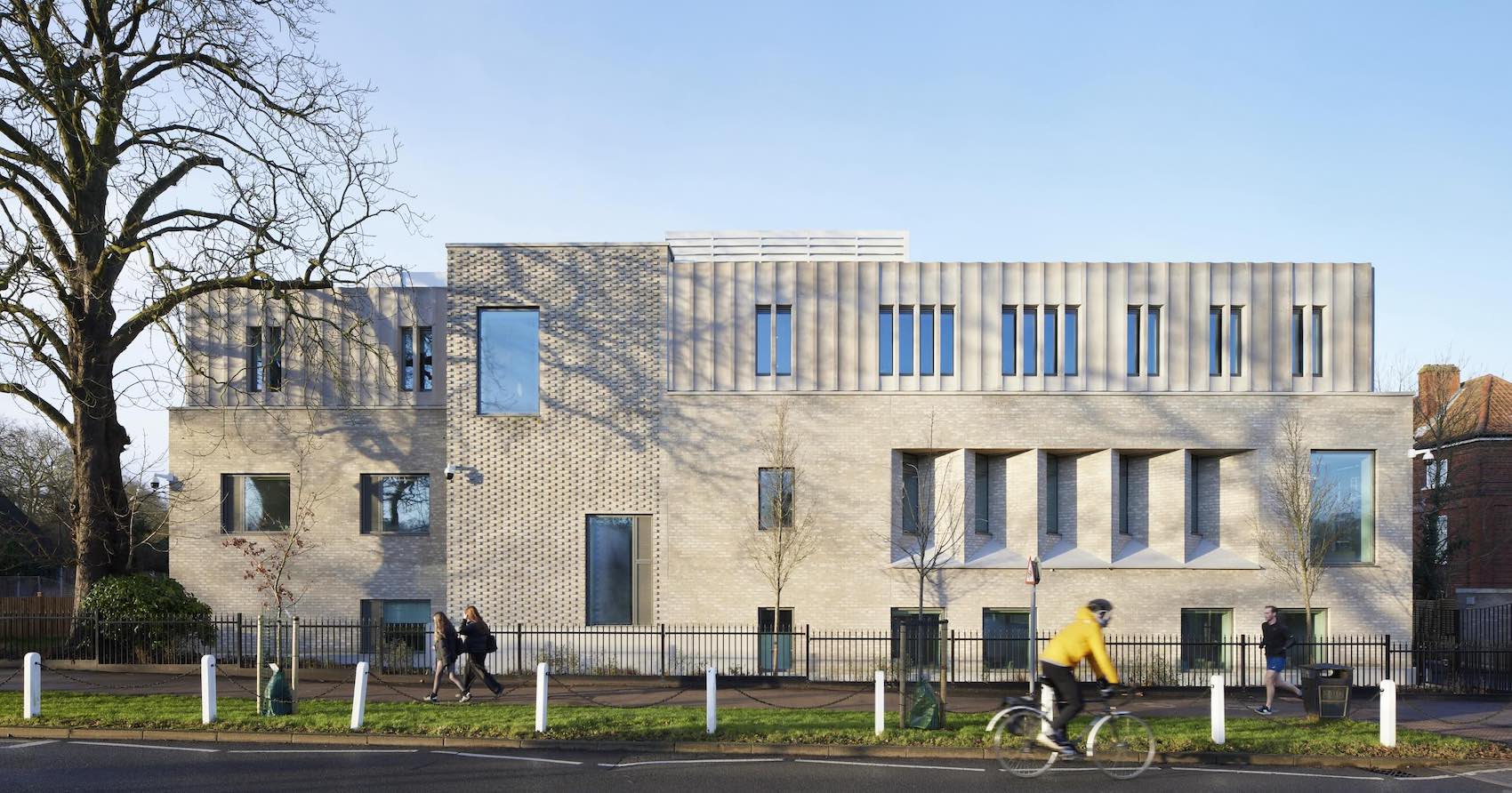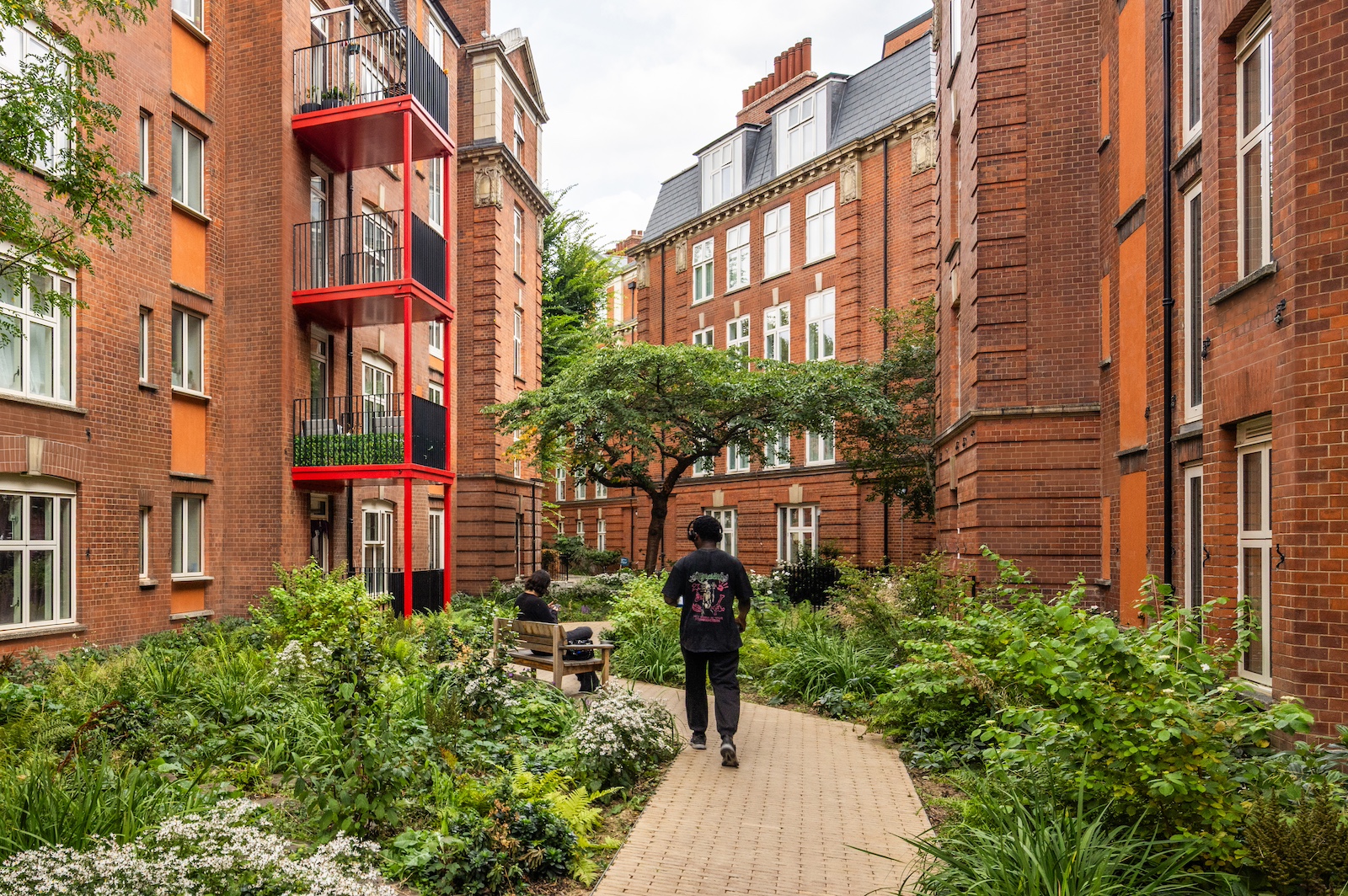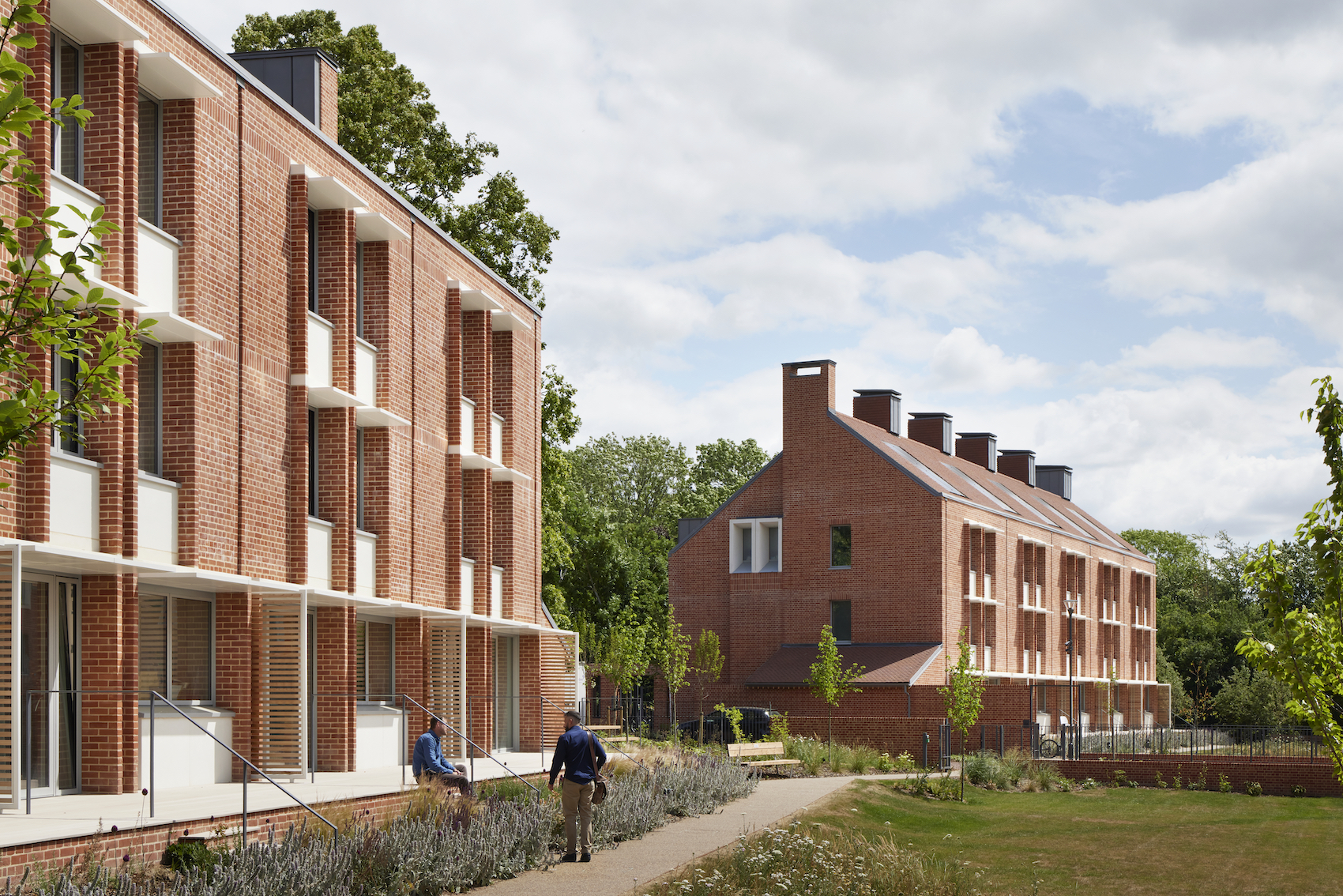AT chats to Paul Milner and Scott Savin, co-founders of Newcastle-based ALT STUDIOS, about founding a practice during the pandemic, designing a major mixed-use scheme in Northern Ireland, and mentoring the next generation through their CANDID initiative.

How and when did you set up Alt Studios?
Paul Milner: ALT STUDIOS was founded just before the pandemic. That was a period of uncertainty when clients were reassessing their assets and capitalising on opportunities amidst the disruption. We built the practice on the idea that architecture should be as much about process as outcome, balancing experimentation with clarity of purpose.
Scott Savin: From the outset, the ambition was to work across disciplines — architecture, interiors, urban design, and development — while creating a studio culture that values research, strategic thinking, and collaboration. Our early commissions spanned feasibility studies and complex site appraisals, often for private commercial clients, many of which have since evolved into long-term partnerships.
Paul Milner: The studio has grown quite organically. We’re working on projects across the UK, from London to the Lake District, Yorkshire to the West Highlands. Our largest current commission is in Northern Ireland where we’re leading a multi residential scheme or 36 units alongside a standalone commercial block on a 29 acre mixed use development at an old barracks. While the scales and sectors of these projects vary, they all share a common thread; clients who value design as a problem-solving tool and sites that require research-driven responses.
Scott Savin: As ALT STUDIOS continues to evolve, we are expanding our network of collaborators and refining our approach—always questioning, always testing, always looking beyond the conventional to uncover smarter, meaningful solutions.
How big is the practice now?
Scott Savin: The practice is currently a close-knit team of four, having come together in the second year of establishing ALT STUDIOS. From the outset, our focus has been on building a core group, growing together with shared ambition and purpose. There’s a great blend of characters and interests, all united by the desire to create something special and deliver outstanding results.
We are continuing to cultivate an environment where each team member is empowered to develop their skills, refine their craft, and contribute their best work. Our team is naturally curious, blending diverse skills and creative perspectives, always focused on challenging the status quo and using design to create bold, meaningful change.

Ebrington Gardens: A perspective of the commercial element of the proposal as viewed upon main entry to the wider masterplan via Hill Avenue. (Credit: Pillar Visuals)
What opportunities does being based in Newcastle bring?
Paul Milner: Being based in Newcastle has proven to be an unexpected but welcome advantage. In the early stages of the practice, much of our work was outside the North East, but over the last 18 months, there’s been a natural shift as our profile has steadily grown. We’ve recently formed a long-term relationship with a prominent landowner in Northumberland and begun collaborating with some high-profile developers in the city centre—both of which are exciting developments and speak to the evolving nature of our practice.
While we never intended to limit ourselves to a single region, it’s always rewarding to secure work in your own backyard. Newcastle’s position offers a unique advantage—its access to diverse landscapes and other cities means we can quickly engage with opportunities across Scotland, Yorkshire, and the North West. We’re not restricted by geography, which many of our early commissions demonstrate, but the connections we’ve built locally create a strong sense of place that’s important to us. We’re also about to break ground on the large mixed-use scheme in Northern Ireland, and Newcastle’s excellent airport connectivity is key to delivering projects across the UK and even into Europe.

Ebrington Gardens. (Credit: Pillar Visuals)
What will be your first project to complete?
Scott Savin: Our first project to complete will be our largest to date, Ebrington Gardens in Northern Ireland.
Last year, we secured unanimous planning approval for [the] 40-apartment residential scheme within the historic Ebrington barracks site in Derry/Londonderry. Designed around the site’s original grid, the two apartment blocks provide a mix of one- and two-bed homes, with generous layouts that exceed Northern Ireland’s housing standards. The project also includes a flexibly designed commercial and workplace building, acting both as a gateway to the masterplan’s main entrance and an active frontage to Schoolhouse Lane.
The commercial site, originally deemed undevelopable due to road realignments, required a bespoke, unconventional response. Our analysis unlocked its potential, allowing for adaptable workspaces that respond to both historic constraints and contemporary needs. Together, the schemes bring a thoughtful, design-led approach to the evolving civic quarter.
Ebrington Gardens marks the first phase of development, with a contract award imminent and construction set to begin in the coming months. This milestone underscores our commitment to delivering high-quality, design-led projects that contribute meaningfully to the evolving urban fabric of Derry/Londonderry.
Anything else in the pipeline?
Scott Savin: We’ve had a number of exciting projects, some of which are still live, others not—it’s the nature of the profession. What’s key is that each has presented its own set of sensitivities and challenges, and as designers, that’s where we truly come into our own. Whether it’s securing a planning gain, analysing client land assets for a five-year business plan, or testing new HQ sites across London for a known end user, not every project makes it to site—and not everyone needs to.
Are there external influences on your work?
Scott Savin: Absolutely. That will always be the case. When we first started out, we never would have predicted that our portfolio would take this turn. Initially, we had a series of small, quirky hospitality fit-outs lined up, but then the first lockdown hit and those never materialised. Despite that, we’ve stayed true to our ethos, and breaking ground on Ebrington will be a well-earned milestone for the team. The process to get here has been challenging, but everyone has risen to it. On paper, does it feel proportionate to the size of our practice? Perhaps not. But with the right team and client, anything is possible—irrespective of scale, context, or politics.
What has been the biggest lesson you’ve learnt from the Ebrington project?
Scott Savin: The biggest lesson from this project has undoubtedly been patience. It’s been in the works for nearly three years, and we’re now finally about to break ground. Momentum has been sporadic, and that’s not an uncommon challenge when running a practice. Sometimes, maintaining momentum is simply out of your hands.
What hasn’t wavered, though, is our approach and the thoroughness we’ve brought to the table. This project has allowed us to implement our ethos at a scale greater than we initially anticipated, and it’s a reminder of the value in staying true to our principles, even when the path isn’t linear.
How do you balance creativity with commercial viability, particularly when working with private commercial clients or lay clients at Stages 0 and 1?
Paul Milner: Balancing creativity with commercial viability starts with transparency from the outset. We approach each project with a deep understanding of both the client’s goals and the practical constraints they face. Early on, especially at Stages 0 and 1, we prioritise frank, honest conversations. This helps set realistic expectations, ensuring we design not only what’s visually compelling but also financially viable. One client put it best: ‘I am a thinker, and I know you are thinkers too, which gives me great comfort and I don’t need to worry about it anymore.’ We’ve found that many are accustomed to being told ‘yes’ without critical discourse. This acknowledgment of our thoughtful, no-nonsense approach reassures clients that we won’t promise the impossible, but will work within the bounds of both creativity and commercial reality.
We see this transparency as a cornerstone of our practice. It’s about listening closely to what the client needs, while also challenging those ideas to find the most innovative and cost-effective solutions. Commercial viability doesn’t have to mean compromising on creativity. Instead, it’s about crafting designs that respond to both the aspirations of our clients and the realities of the market. This approach has allowed us to maintain a balance where our creative vision never feels stifled by commercial pressures, but instead becomes a driving force for solutions that are both imaginative and practical.
You mentioned inspiration from architect-developers and acquiring property at auction. How do you see this part of your business evolving, and how do you manage the risks associated with it?
Scott Savin: Business plans often don’t account for the unpredictability of real-world progress, and our experience with property acquisition happened much sooner than anticipated. In hindsight, perhaps it was a bit too soon, and the process has been a bit stop-start while we focused on getting the core business off the ground. However, we’ve continued to build a solid network of contacts and mentors within the property sector, allowing us to explore options and prepare for the right opportunities when they arise.
For example, we identified potential joint venture opportunities and had a land purchase lined up last year after six months of negotiations, but it ultimately didn’t materialise. The group we were working with remains keen, but we all recognise that patience is key. It’s a long game, and while these opportunities take time, the groundwork we’re laying now will hopefully allow us to seize the right moments when they come.
What lessons have you learned from exploring non-traditional income streams, and what advice would you give to other small practices considering a similar path?
Paul Milner: Be open-minded. Initially, we wanted to do everything ourselves but quickly realised the importance of broadening our network to unlock more worthwhile opportunities. This takes trust, which in turn takes time. Opportunities will arise that shift your focus, and while our appetite hasn’t waned, it’s about finding balance. The real risk isn’t just the financial investment versus return—it’s the time these ventures can take away from the other hats you wear, running a small practice and managing the responsibilities of being an employer. Exploring and testing sites alone can often be a non-fee-earning activity, and that time adds up.
Scott Savin: Another key lesson is the importance of setting clear boundaries. Diversifying income streams is exciting, but it’s crucial to know when to say ‘no’ to opportunities that could dilute your core focus. The temptation of something new is always there, but maintaining the integrity of your practice is paramount.
Paul Milner: Adaptability is also vital. The landscape for non-traditional income streams is always evolving, so you must be prepared to reassess your approach as conditions change. Building a resilient practice involves grasping new opportunities and learning from the ones that don’t pan out as expected.
Scott Savin: Ultimately, we’re still early on this path of exploration and testing. The advice we’ve found most useful is to seek a mentor. Someone with experience—often from outside the profession—has been invaluable in helping us navigate the complexities and avoid falling into analysis paralysis. Sometimes, you need someone who’s been there, done that, to make you step back, regain perspective, and take decisions with confidence.

Tell me more about “CANDID”
Paul Milner: CANDID started as a response to the lockdown we had all endured during the pandemic where it had heightened the disconnect between students and practice. It was never meant to be a lecture or a networking event. Instead, it was about stripping things back—a way to cut through the noise and create space for honest, small-group conversations between students and practitioners. No pretense, no posturing, just candid discussions where curiosity drives the agenda.
We know the jump from university to practice is daunting. That’s why CANDID is about more than career advice—it’s about agency. Whether through ‘Off the Record’ Q&A sessions, one-to-one resume and portfolio reviews, or design critiques, the goal is simple: to help students sharpen their thinking, communicate with clarity, and better position themselves in the profession.
Scott Savin: Each session is informal but intentional. Questions lead the way, discussions evolve, and—crucially—there’s no sugar-coating. Some lessons can’t be taught in a lecture; they need to be lived. We don’t pretend to have all the answers, but we can share insights that help students ask better questions, challenge conventions, and carve their own path. In a profession that often feels opaque, CANDID is about transparency. It’s about taking back control of the conversation—one direct, no-nonsense discussion at a time.
To date, we’ve mentored over 300 students—many of whom we’ve stayed connected with as they’ve established their own paths in practice. Watching them land roles, launch projects, and bring fresh thinking into the profession is a quiet but significant reward. It’s a reminder that architecture isn’t just about buildings; it’s about people. And in some ways, the satisfaction we get from seeing their progress isn’t so different from what a teacher feels watching their pupils step out into the world—confident, capable, and ready to make their mark.
Do you see a disconnect between architectural education and practice, and how are you helping to bridge that gap?
Paul Milner: This debate has persisted for 20 to 30 years, which raises the question: if the disconnect between education and practice is so well acknowledged, why does it remain unresolved? The issue isn’t one-sided. While architectural education may not always address the realities of practice, many studios also fail to uphold the core principles of design, critical analysis, mapping and theory instilled in academia. The gap exists in both directions.
That said, responsibility doesn’t lie solely with institutions or employers. Individuals must take ownership of their own career progression—seeking out challenges, embracing responsibility, and, at times, being thrown in at the deep end. Some skills can only be learned through experience, by navigating the shifting political and professional landscapes of practice. This holds true across all industries, not just architecture.
Scott Savin: Of course, none of this is simple, and we’d be naïve to suggest otherwise. These ideas are far easier said than done, and the systemic challenges at play are more complex than any single practice, educator, or individual can fully comprehend. But often, too much energy is spent assigning blame. The focus should be on solutions—bold decisions that take back control. For decades, the profession has relinquished responsibility, outsourcing critical elements of practice. The real challenge is not just identifying the problem but finding a way to reclaim agency over how architecture is taught and practiced.












